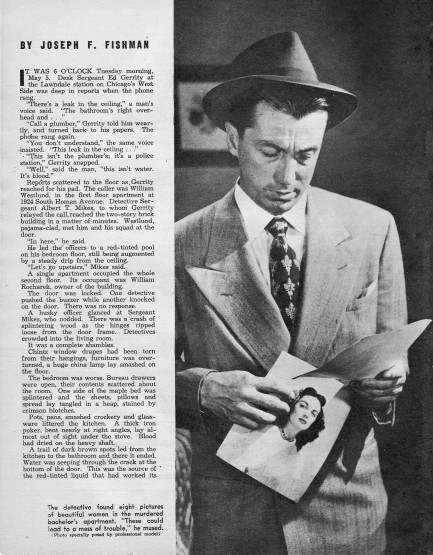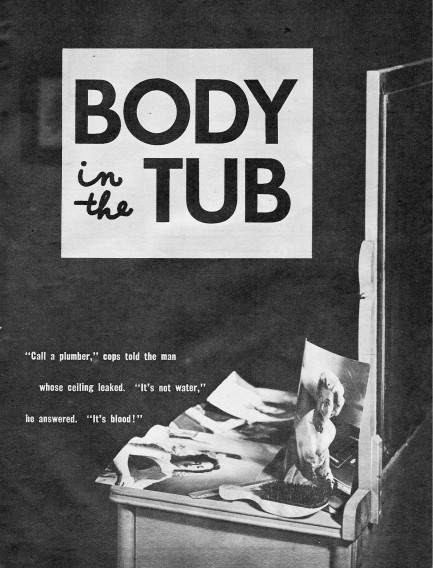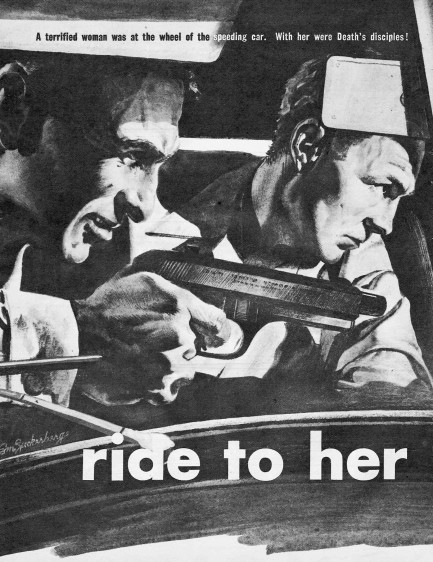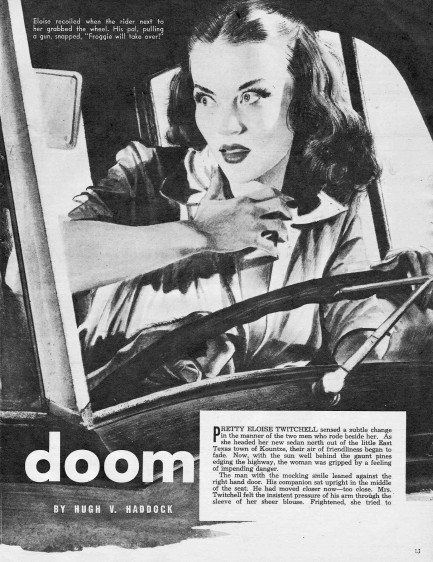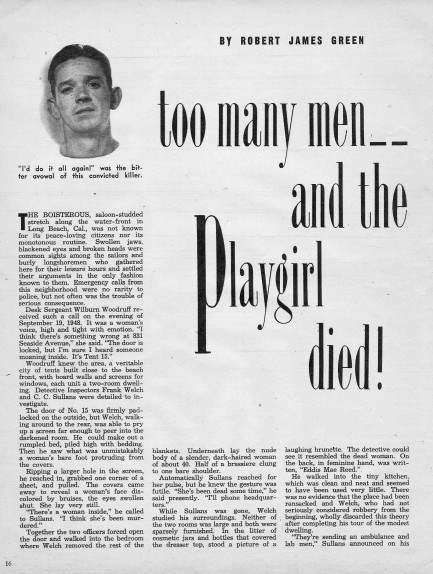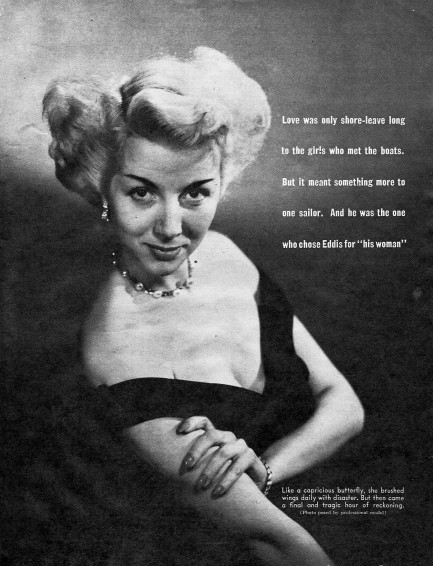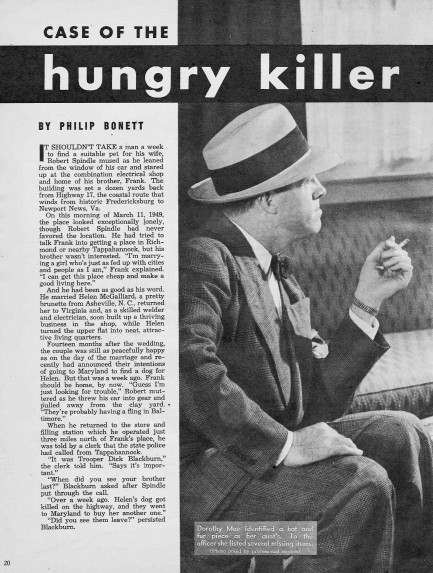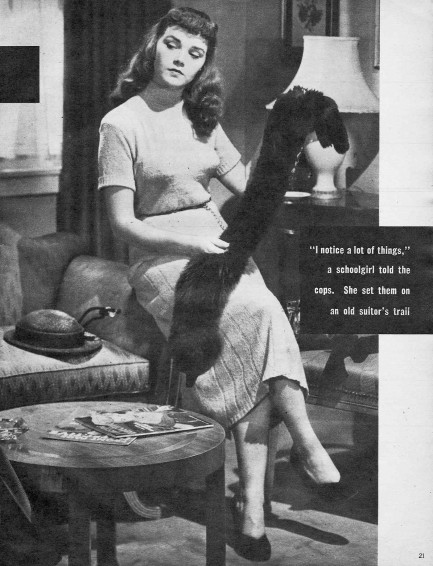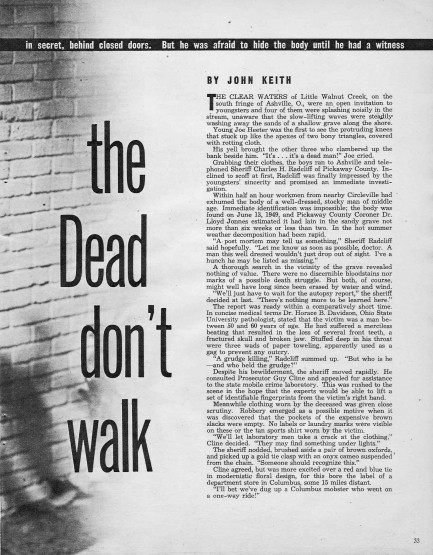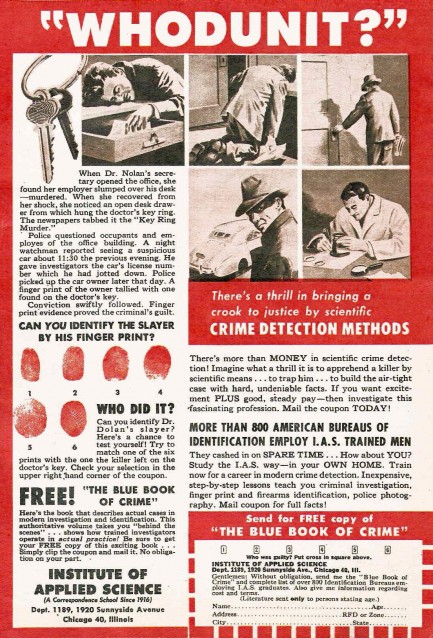| Vintage Pulp | Dec 28 2020 |

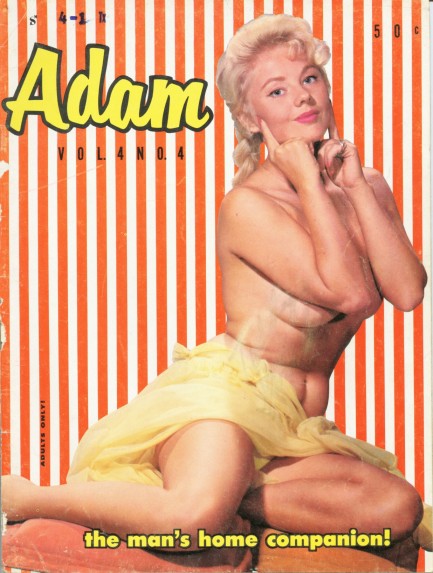
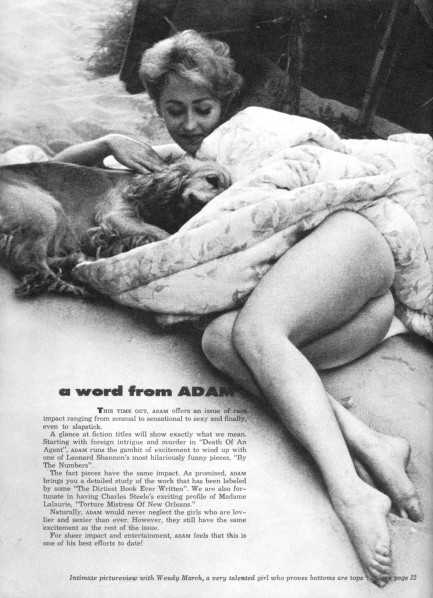
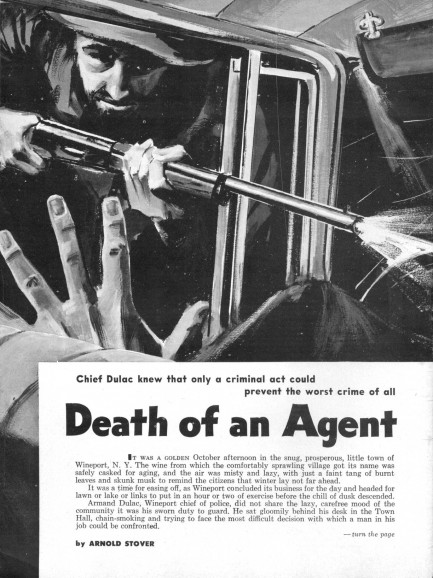
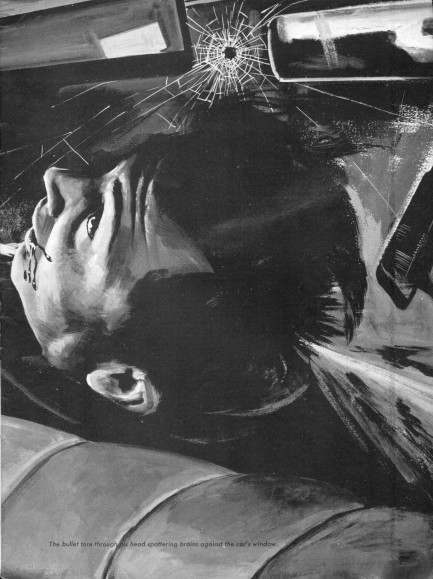
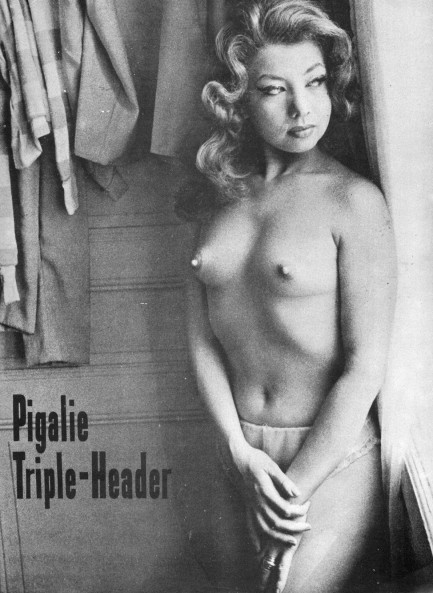
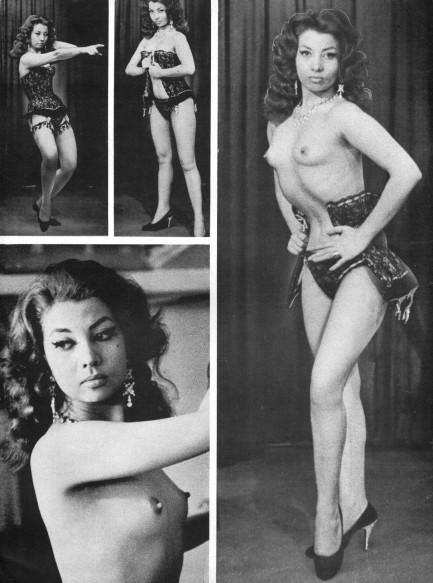
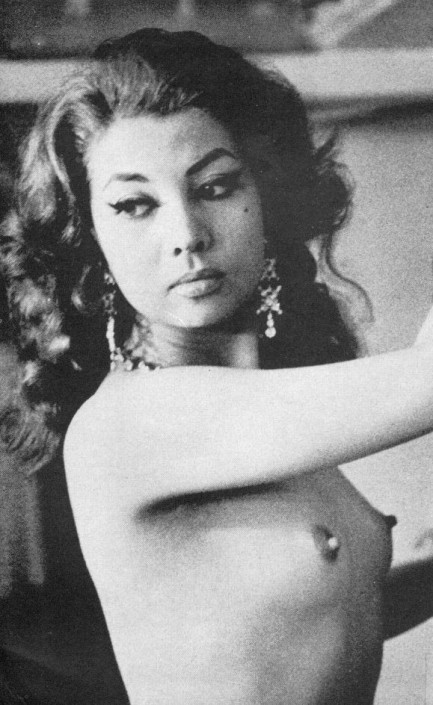
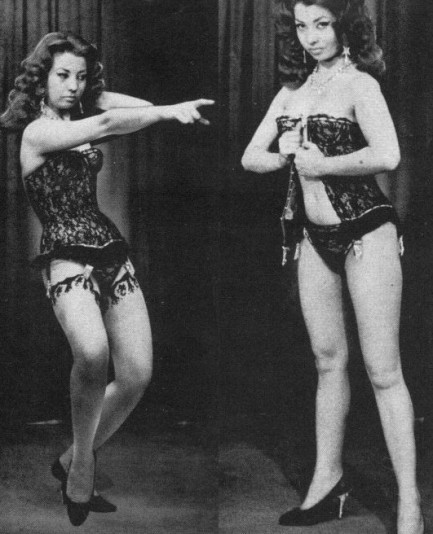
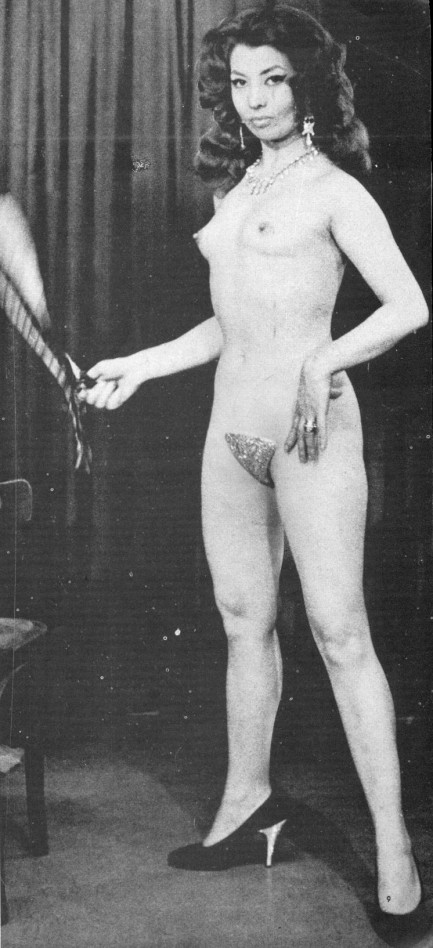
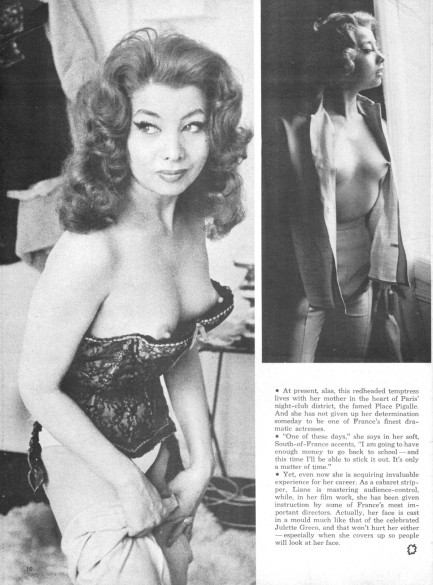
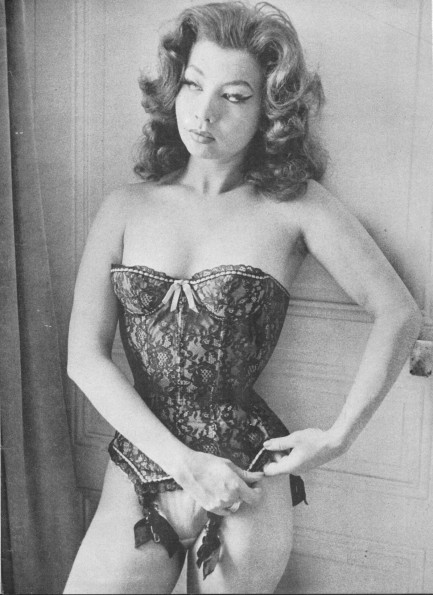
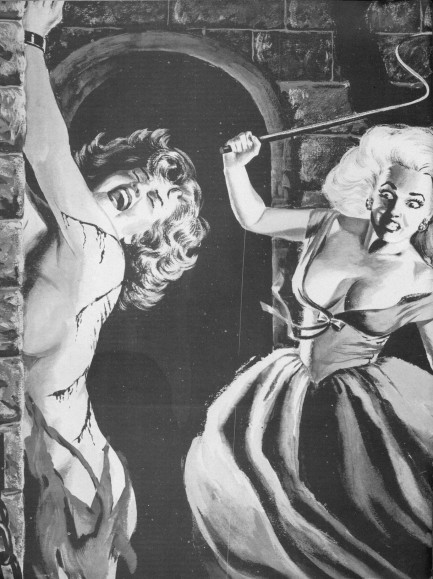
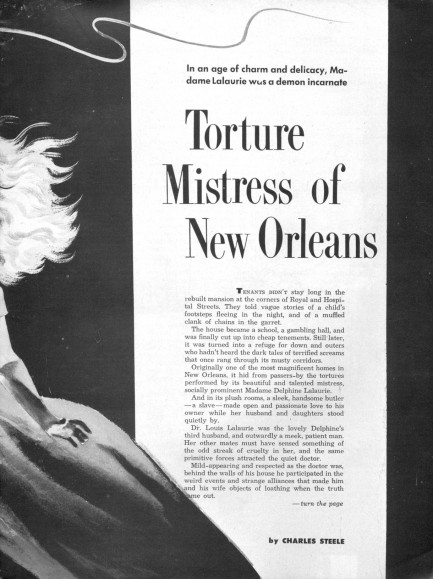
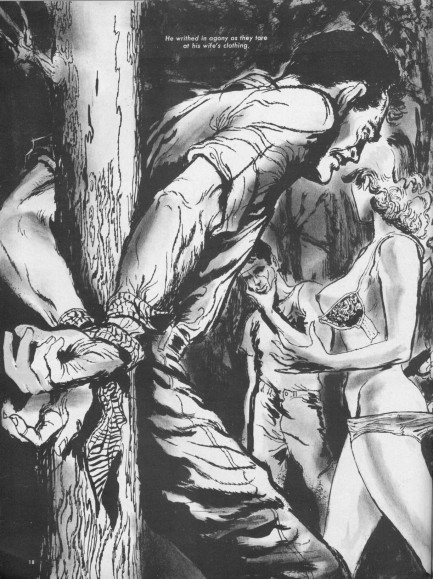
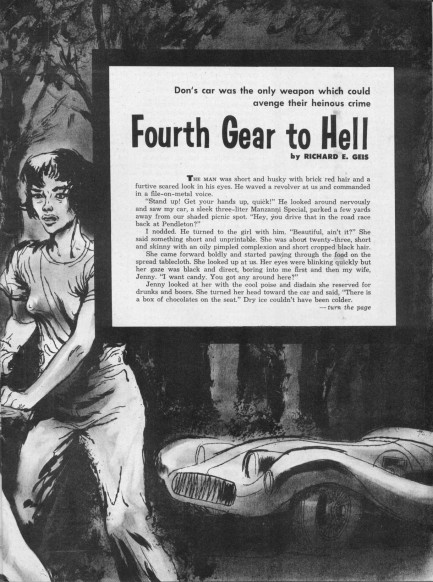
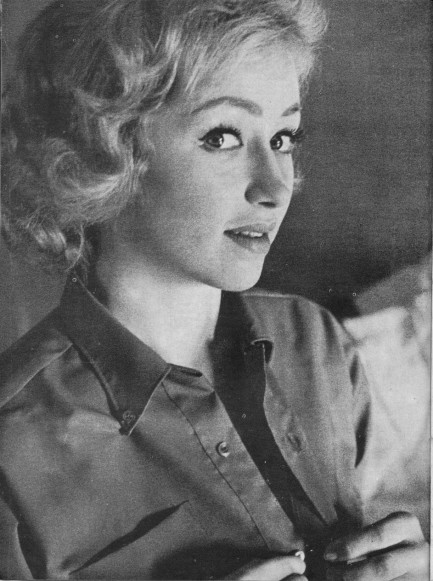
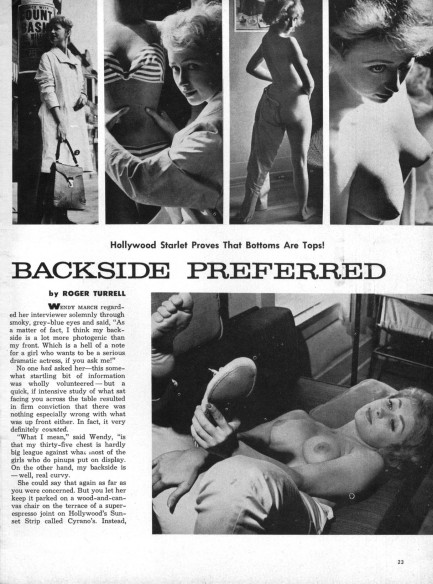
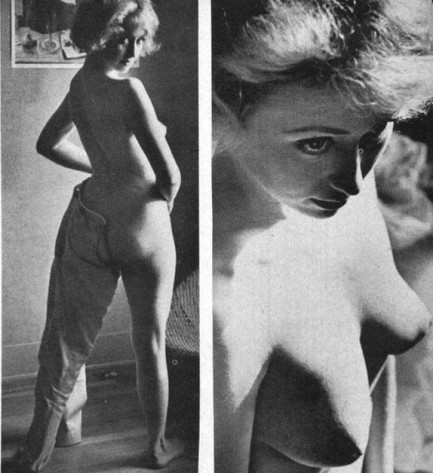
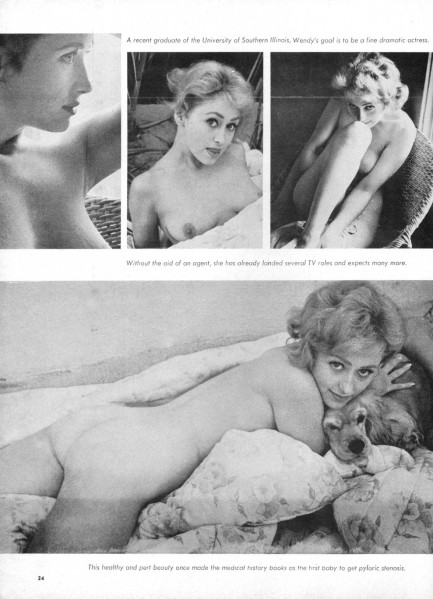
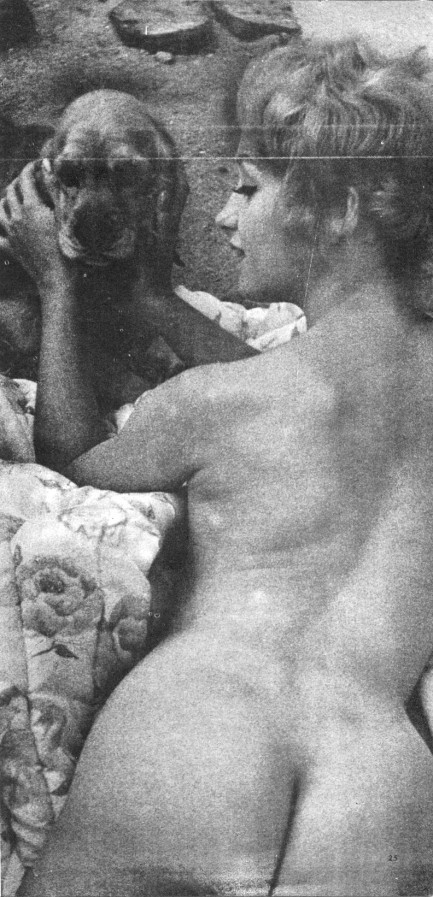

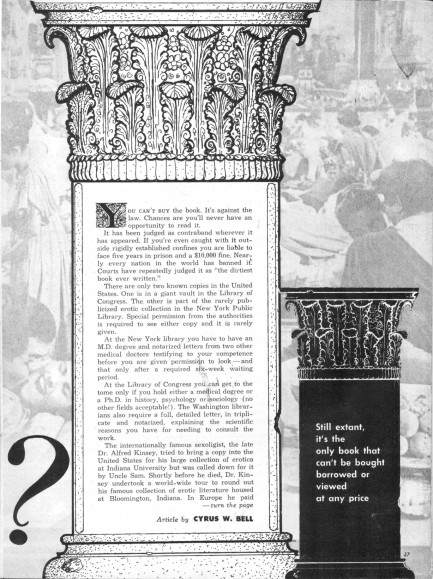
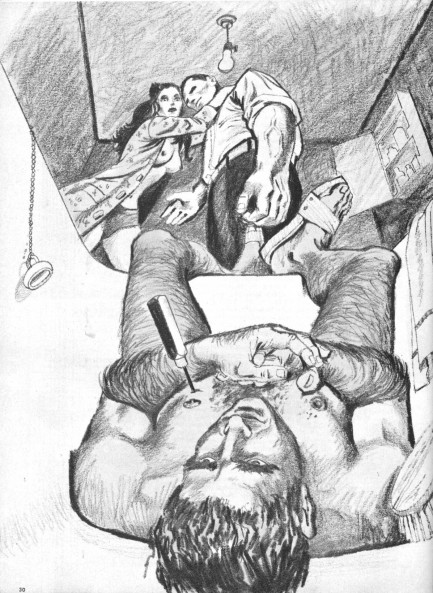
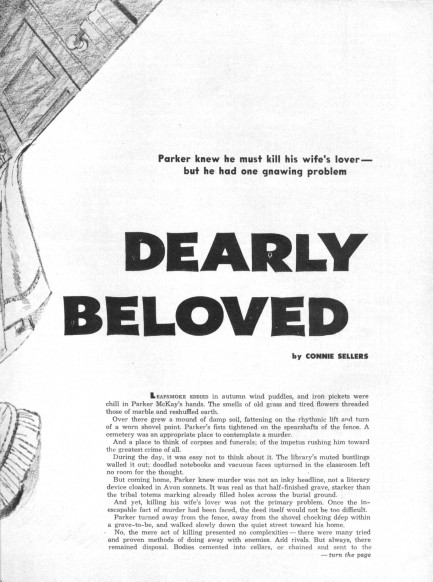
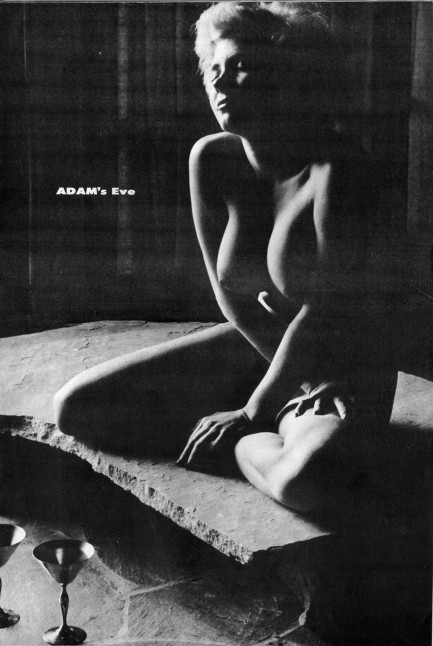
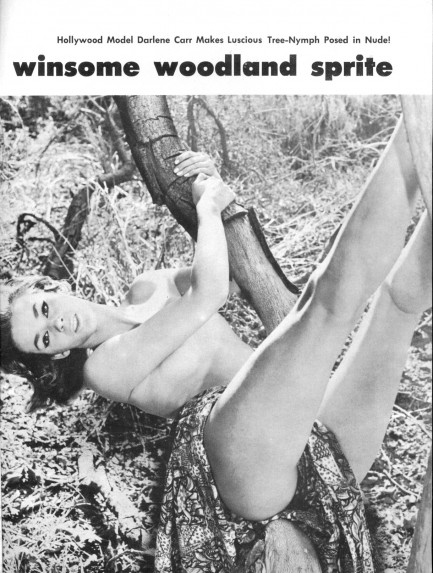
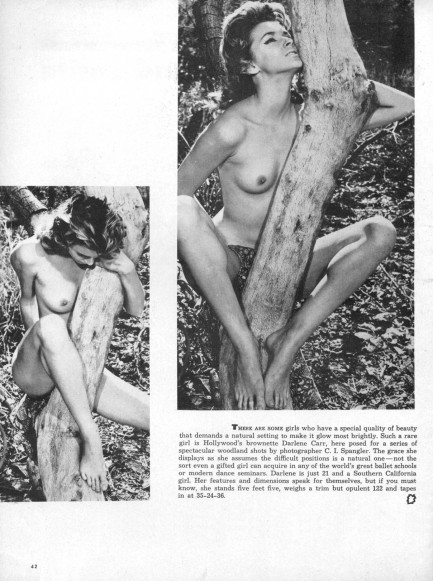
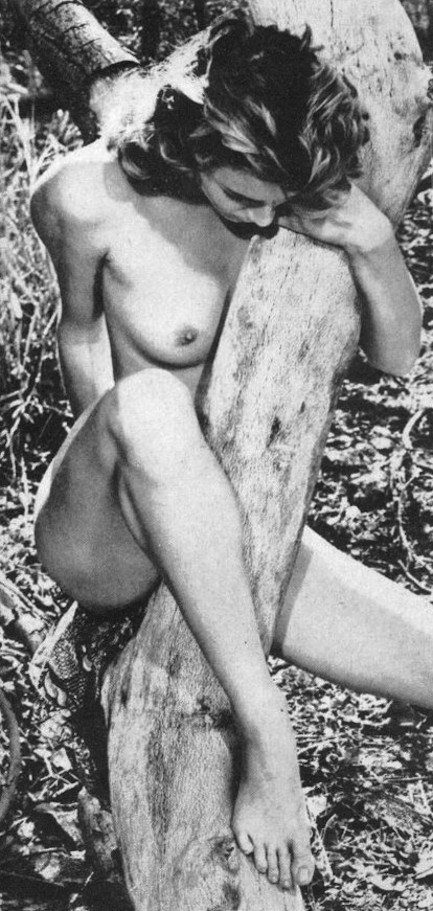
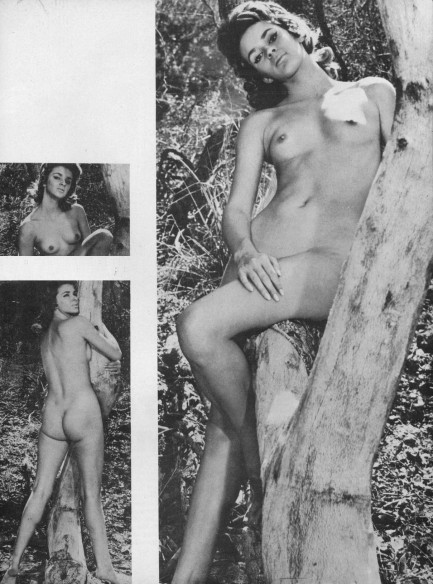
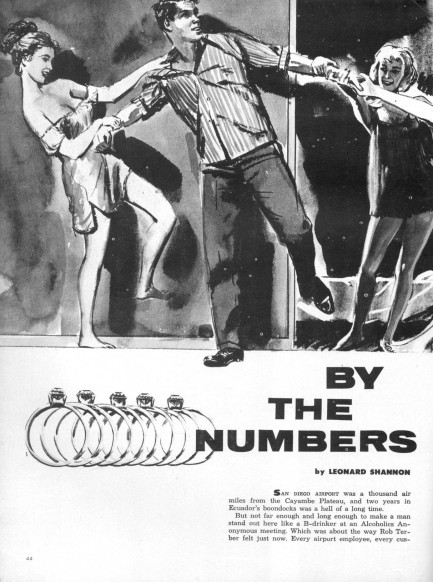
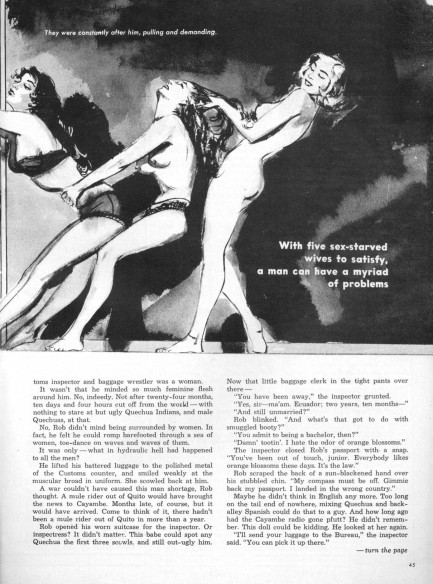
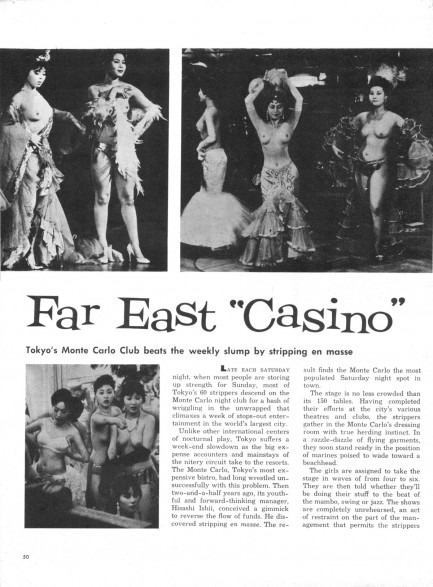
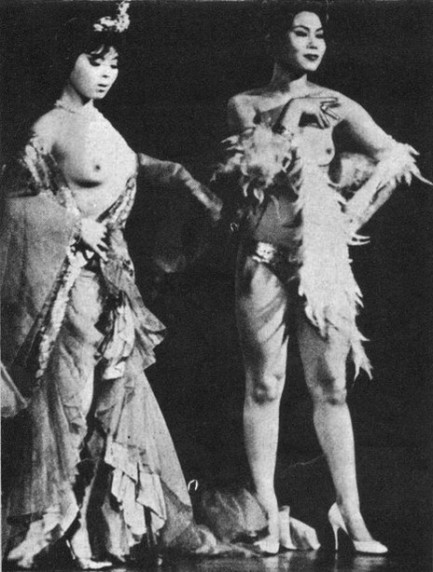
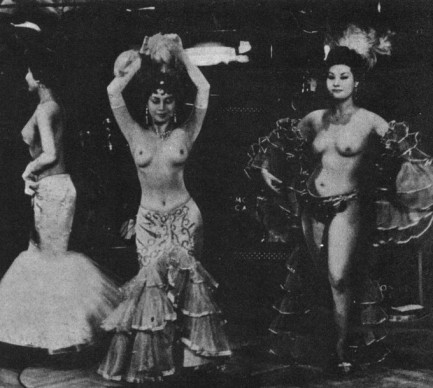
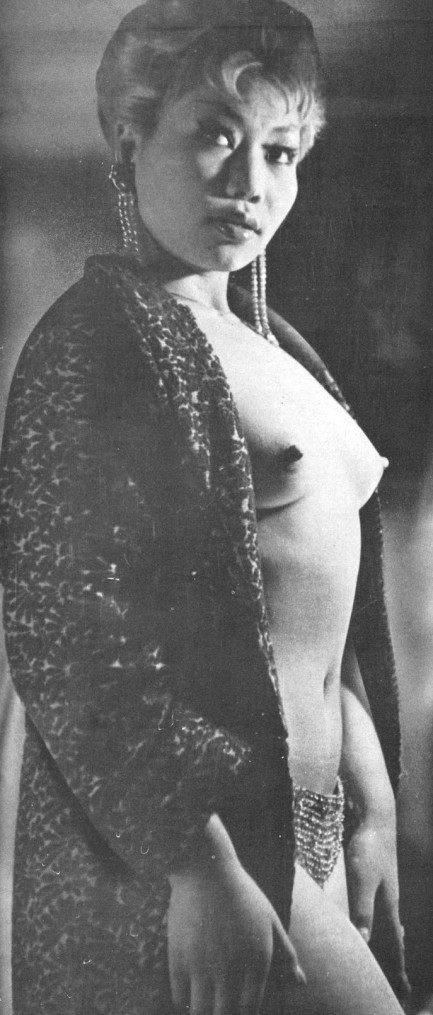
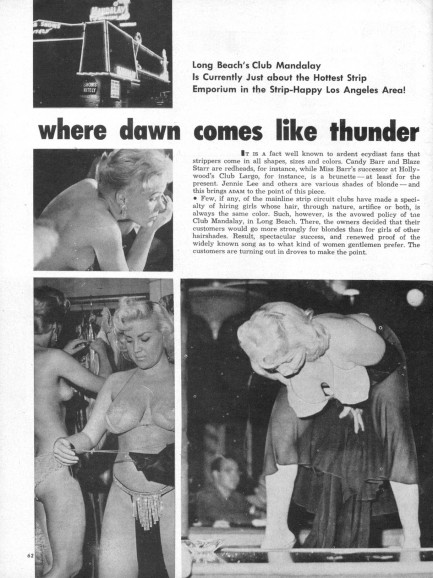
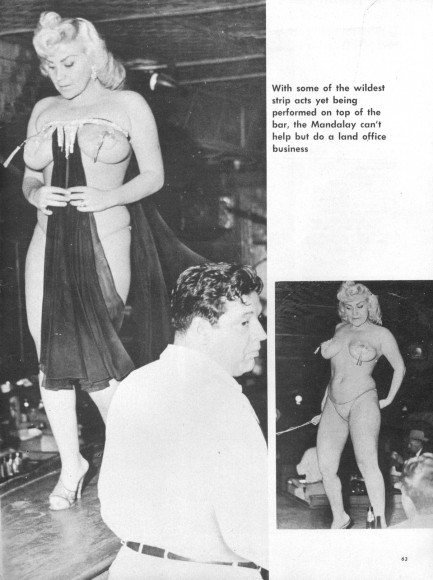
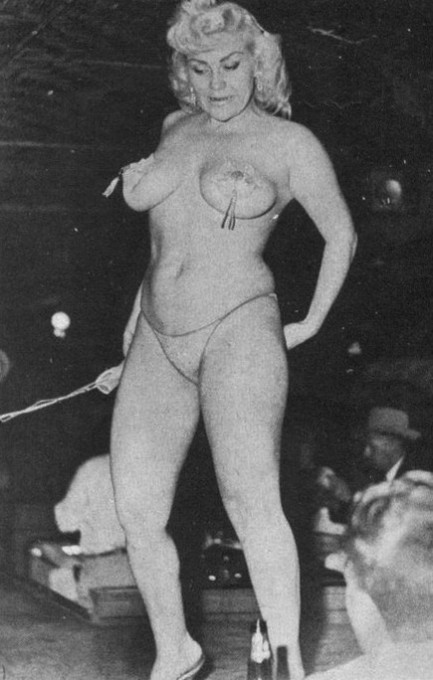
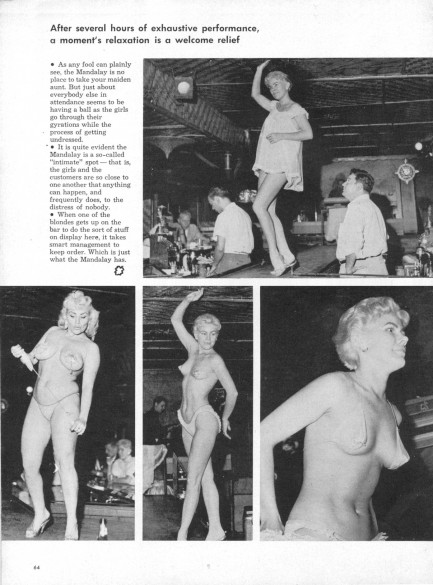
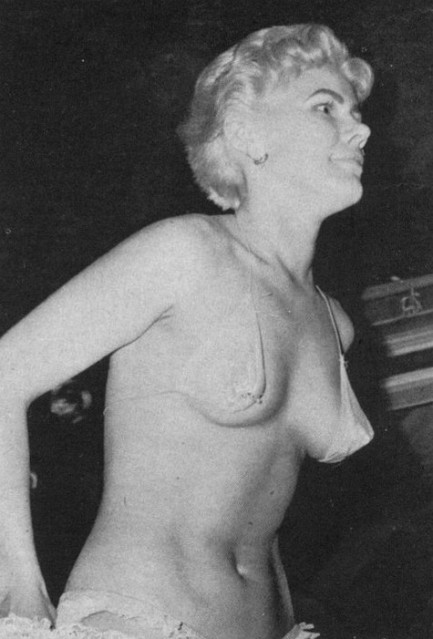
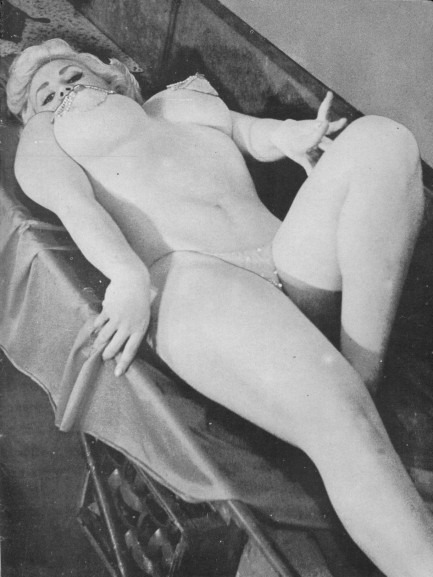


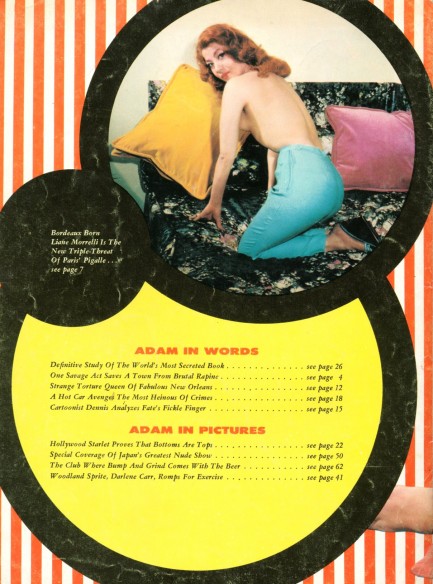
| Intl. Notebook | Jul 24 2018 |

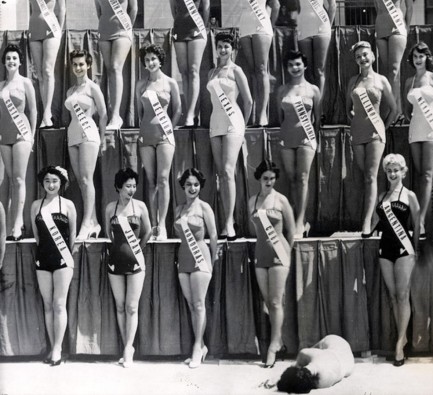
One person's misfortune is another's opportunity—not to mention hilarity. This photo shows Miss New Zealand—Moana Manley—passed out during the 1954 Miss Universe Pageant, staged today that year in Long Beach, California. Manley fainted during an outdoor photo session. Some accounts say heat exhaustion got her, but it was not especially hot that day—about 72 degrees Fahrenheit, or 22 Celsius. It was more likely stress. She was, after all, not only the first woman from her country to compete at Miss Universe, but the first woman of Maori descent to win the title of Miss New Zealand. That'll apply a bit of pressure. You'll often see the photo labeled as a 1957 shot, but that's incorrect. There was no representative from New Zealand in the pageant that year. No, the shot is definitely from 1954, and the winner was ultimately Miss U.S.A., Miriam Stevenson, who was probably like, “Yup, when that Kiwi hit the ground I knew I had it in the bag.”
| The Naked City | Feb 28 2013 |

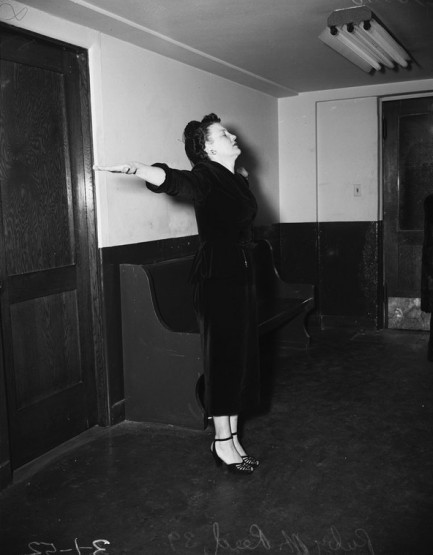
This photo shows a woman named Ruby M. Reed at the Long Beach, California police station taking a sobriety test. This was probably the most important test she ever took, because not only was she suspected of driving while intoxicated, but she had also struck and killed a pedestrian. Reed failed the test and was booked on charges of felony drunk driving and manslaughter. That was 29 February 1952. By the way, if you don’t know the reference in our subhead, then watch one of the funniest scenes ever put on celluloid here. Photo courtesy of the USC digital archives.
| Intl. Notebook | Dec 6 2012 |

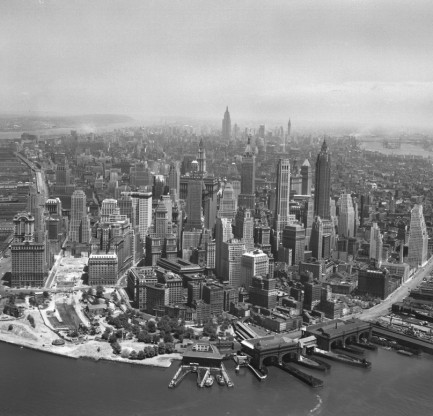
Above is a photo of Manhattan, New York City, in the year 1947, looking from Battery Park toward midtown. Here you see everything—the Staten Island Ferry Building at bottom, Wall Street to the right, the 59th Street Bridge crossing Welfare Island at upper right, and in the hazy distance, the Empire State Building—at that time arguably America’s most recognized symbol. In the aftermath of a war that had destroyed Europe’s and Japan’s industrial capacity, the U.S. was the unquestioned power on the planet, with massive economic might, a military that had taken up permanent residence in dozens of countries, and a growing stock of nuclear weapons. Two years later the Soviets would detonate their first nuclear bomb, shaking the American edifice to its foundation. Meanwhile, all around the world, the seeds of change were taking root. Below is a look at the world as it was in 1947.
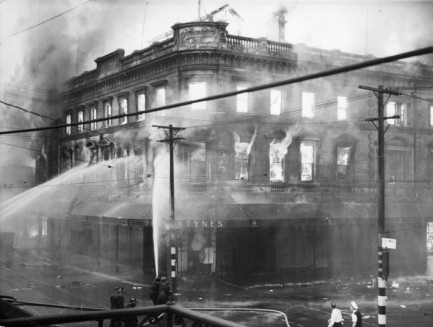
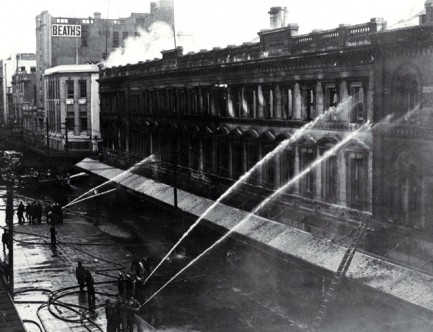
Firemen try to extinguish a blaze in Ballantyne’s Department Store in Christchurch, New Zealand.
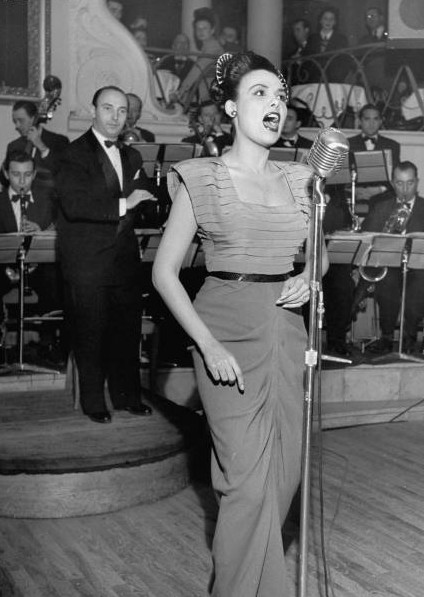
American singer Lena Horne performs in Paris.
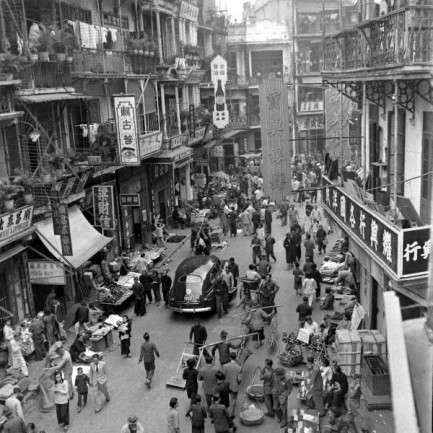
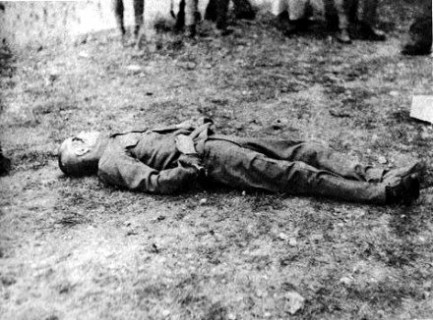
The hustle and bustle of Hong Kong, and the aftermath of the execution of Hisakazu Tanaka, who was the Japanese governor of occupied Hong Kong during World War II.
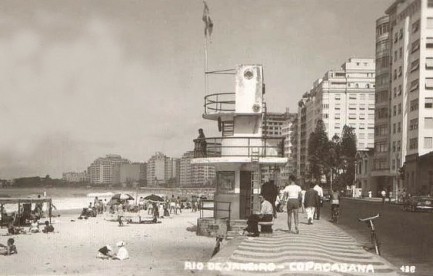
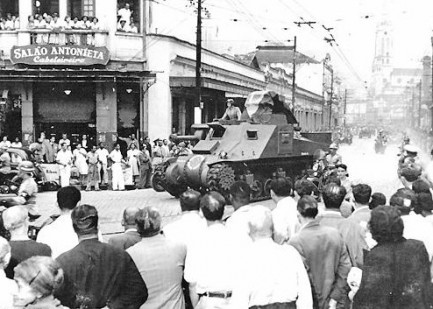
Sunbathers enjoy Copacabana Beach in Rio de Janeiro, and a military procession rumbles along Rua Catumbi.
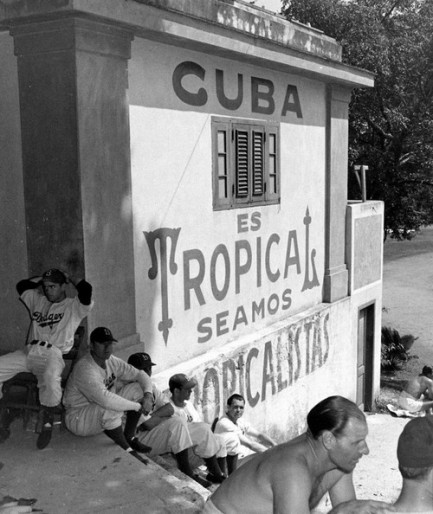
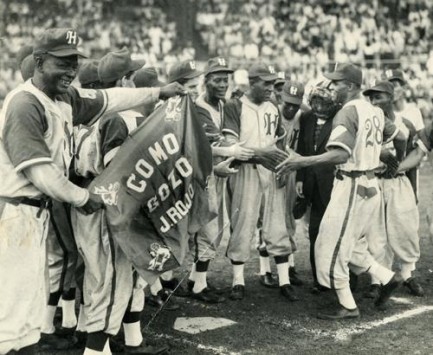
Assorted Brooklyn Dodgers and manager Leo Durocher (shirtless in the foreground) relax at Havana, Cuba’s Estadio La Tropical, where they were holding spring training that year. Second photo, Cuban players for the Habana Leones celebrate the first home run hit at Havana’s newly built Estadio Latinoamericano.
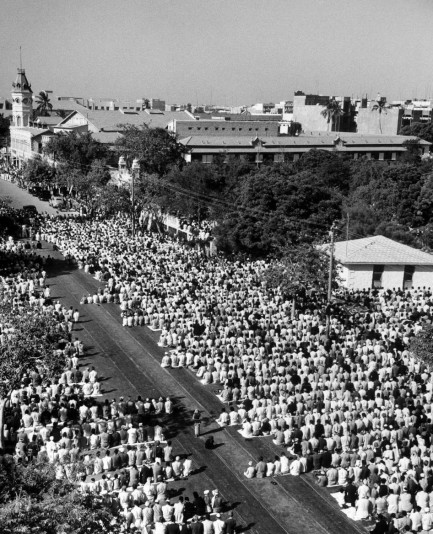
Thousands of Muslims kneel toward Mecca during prayer time in Karachi, Pakistan.
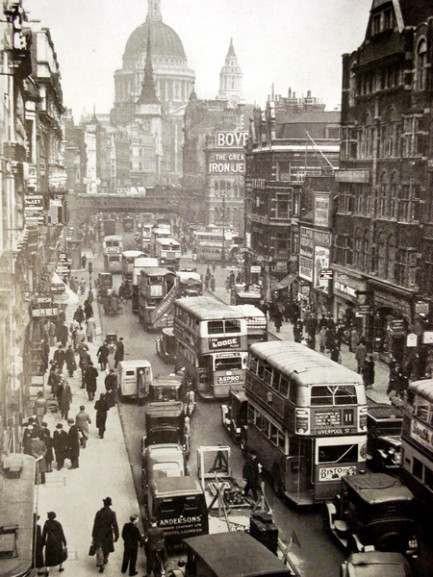
A snarl of traffic near St. Paul’s Cathedral in London.
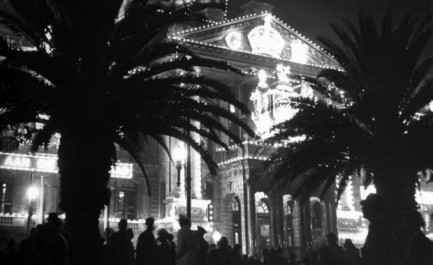
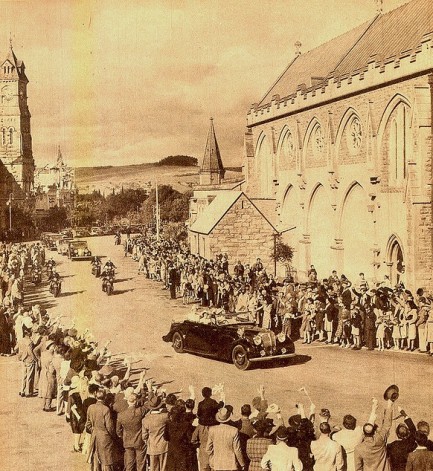
The city hall of Cape Town, South Africa is lit up to celebrate the visit of the British Royal Family. Second photo, during the same South African trip, the royals are welcomed to Grahamstown.
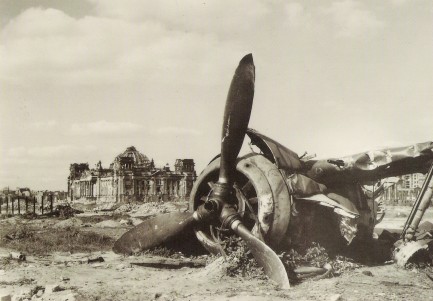
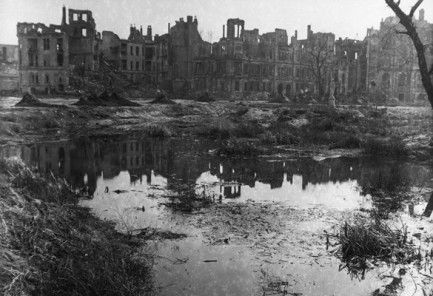
A wrecked fighter plane rusts in front of Berlin’s burned and abandoned parliament building, the Reichstag. Second photo, a shot of ruins in Berlin’s Tiergarten quarter, near Rousseau Island.
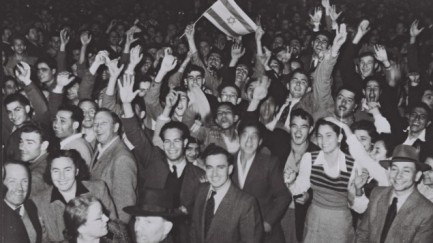
A crowd in Tel Aviv celebrates a United Nations vote in favor of partitioning Palestine.
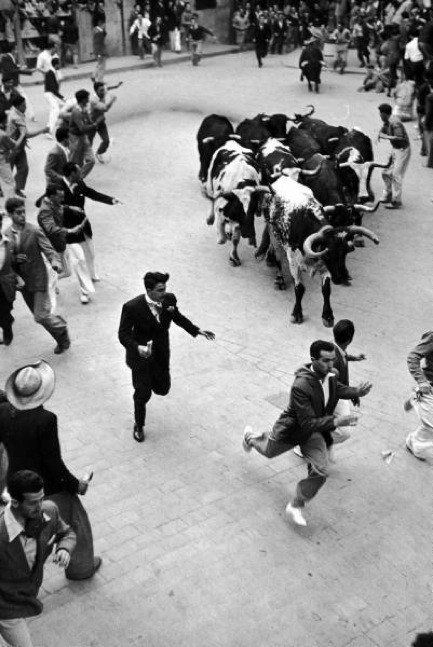
Men and bulls run through the streets of Pamplona, Spain during the yearly Festival of San Fermin.
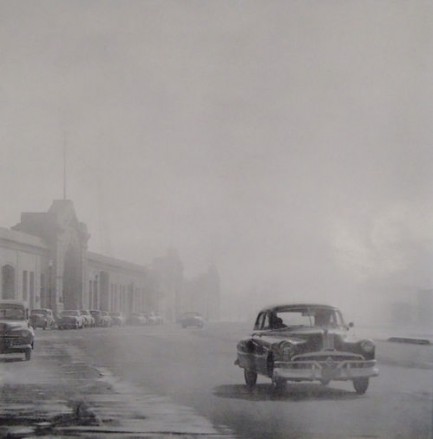
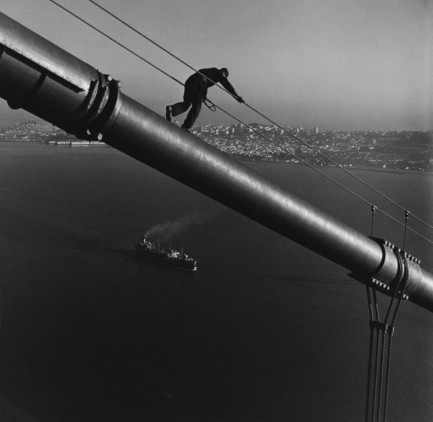
Fog rolls across the Embarcadero in San Francisco; a worker descends from a tower of the Golden Gate Bridge.
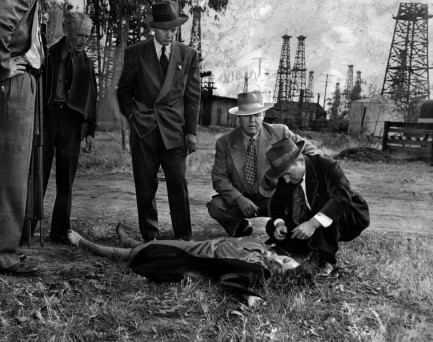
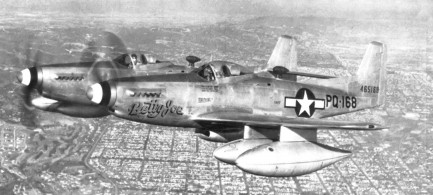
Detectives study the body of a woman found murdered in Long Beach, California. Two P-51 Mustang fighters fly above Los Angeles.
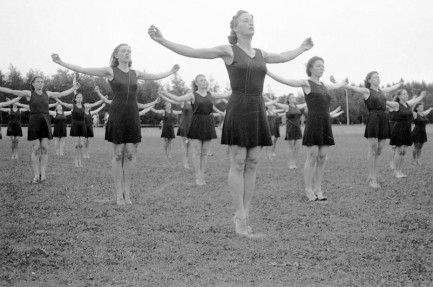
Danish women from Snoghøj Gymnastics School practice in Odense.
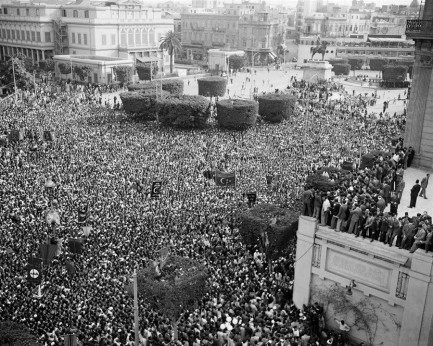
Tens of thousands of protesters in Cairo demonstrate against the United Nations vote in favor of partitioning Palestine.
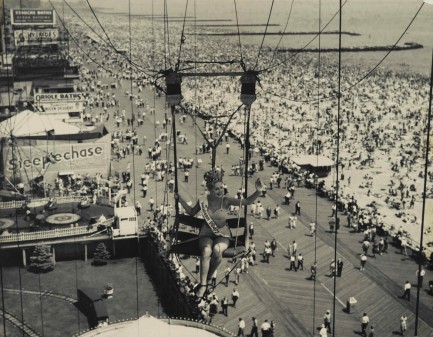
A beauty queen draped with a sash that reads “Modern 1947” is lifted high above the boardwalk in Coney Island, New York.

A woman in Barbados holds atop her head a basket filled with fibers meant for burning as fuel.
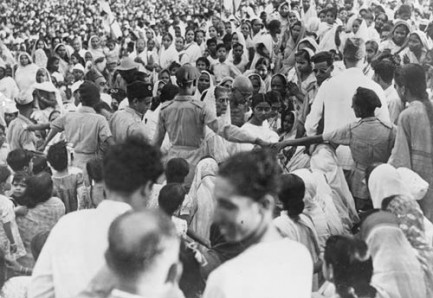
Mahatma Gandhi, his bald head barely visible at upper center, arrives through a large crowd for a prayer meeting on the Calcutta Maidan, India.
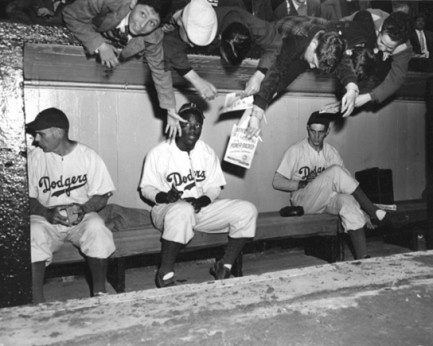
Major League Baseball player Jackie Robinson is hounded for autographs in the dugout during a Brooklyn Dodgers game.
| The Naked City | Dec 17 2011 |

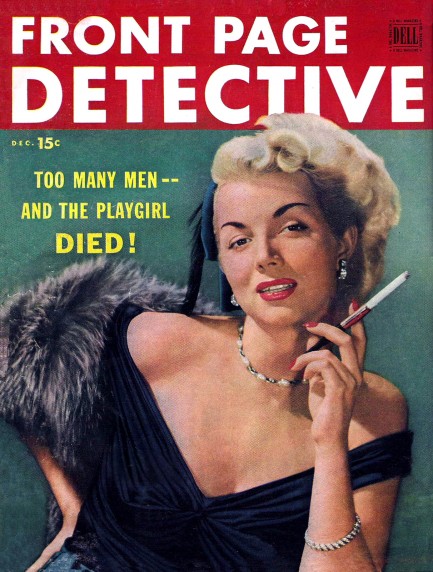
December 1949’s Front Page Detective offers up numerous tales of vice and murder. Each story begins with an art spread, some photographic and some hand drawn. We thought they were nice, so we posted several below. The playgirl referred to on the cover is Eddis Mae Reed, a Long Beach 40-year-old who was murdered in a shack on Seaside Avenue. The cover model, with her cigarette holder and fur wrap, is nothing like the Eddis Mae Reed described in the story. That Eddis Mae was a working class woman who liked the rough hewn men that populated Long Beach, back then a seemingly endless landscape of oil derricks.
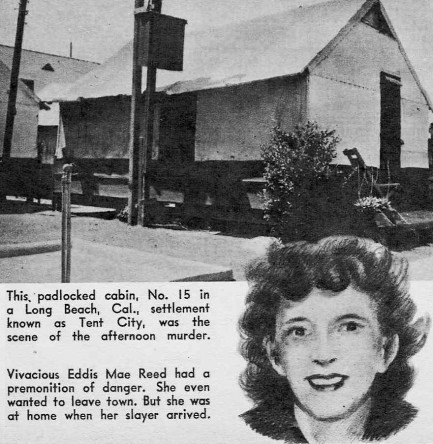 After she was found strangled, beaten, and with a bra stuffed down her throat, detectives questioned oilworkers, longshoremen, and dockworkers, as well as the bartenders and cooks in the waterfront saloons she frequented, before finally focusing their attention on a sailor named William Dryman. When police picked him up he confessed right away to killing Reed. His motive? Jealousy.
After she was found strangled, beaten, and with a bra stuffed down her throat, detectives questioned oilworkers, longshoremen, and dockworkers, as well as the bartenders and cooks in the waterfront saloons she frequented, before finally focusing their attention on a sailor named William Dryman. When police picked him up he confessed right away to killing Reed. His motive? Jealousy.
Even though he was at sea for months at a time, and he knew Reed was not a one-man woman, he became obsessed with her. When he visited her shack unannounced one night he heard her entertaining another man and became furious. He didn’t confront her then, though. He came back the next day, when she was alone and unprotected. He told police: “I told her what I’d do if I caught her cheating. I’d do it all over again.” Front Page Detective attributes Reed’s death to “too many men.” Well, that’s one way to look at it. The judge, on the other hand, blamed the killer, not the victim, and sent William Dryman down for five-to-life.
